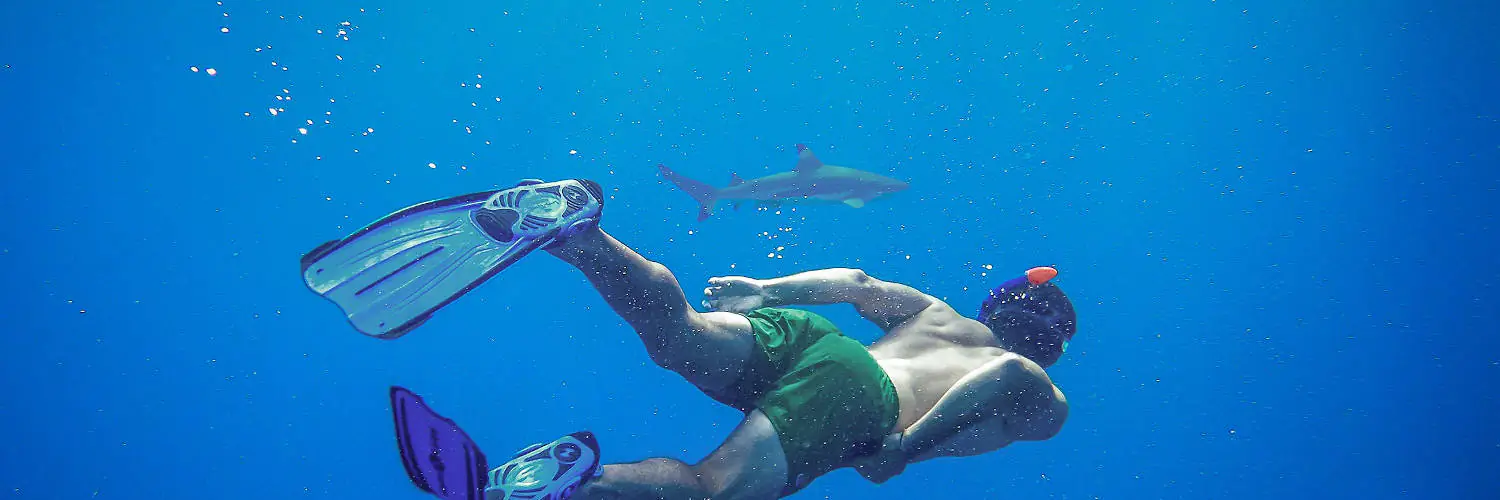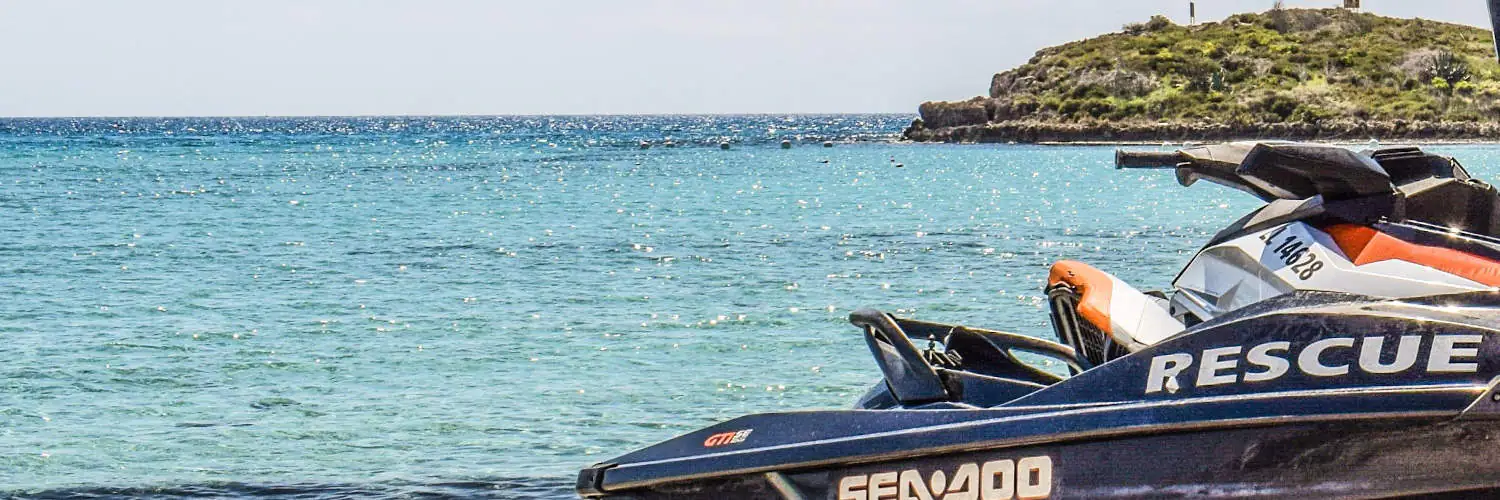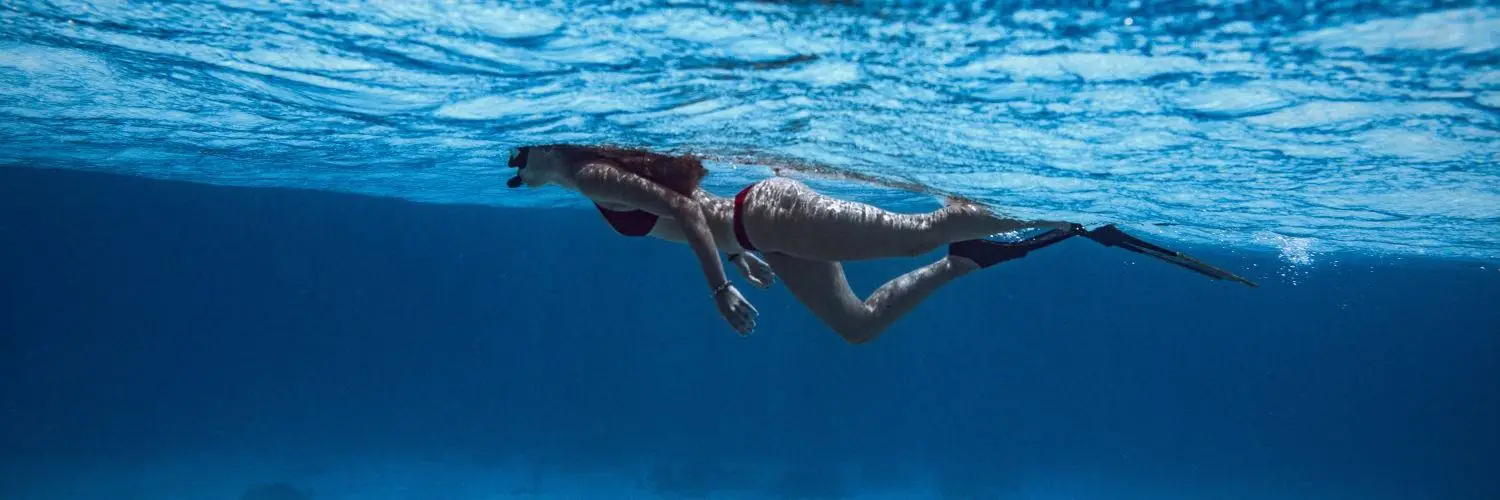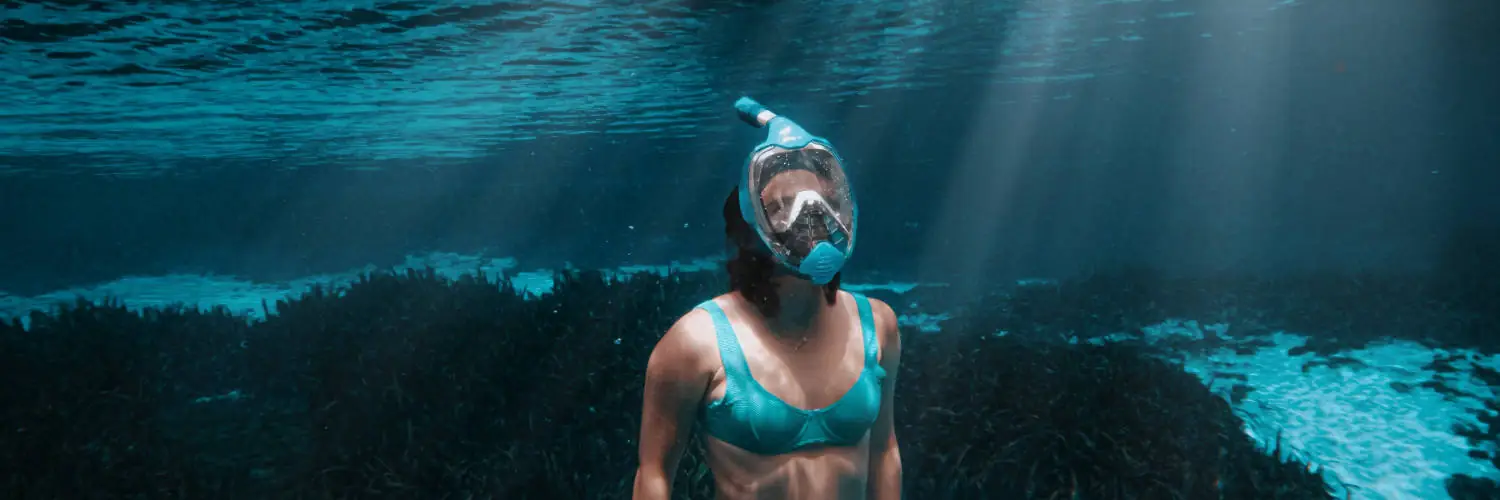Table of Contents
Can Non-Swimmers Go Snorkeling? Essential Safety Tips for Beginners
Snorkeling is an aquatic activity that opens a window to the vibrant world beneath the sea’s surface. It is often mistaken that the ability to swim is a prerequisite for snorkeling, but this is not the case. Non-swimmers can participate in this tranquil pastime by using floatation devices that provide buoyancy and safety. These aids enable participants to float effortlessly on the water’s surface while observing the underwater ecosystem.
Safety, however, remains paramount, and non-swimmers are advised to snorkel in the company of a capable swimmer or within a guided group. There are specific locations better suited to non-swimmers, such as shallow waters with minimal currents and clear visibility. Additionally, opting for guided tours can ensure supervision and provide immediate assistance if needed. This guidance gives non-swimmers the opportunity to enjoy the serenity and beauty of snorkeling without the need to be proficient swimmers.
Understanding Snorkeling Essentials
In snorkeling, the right gear and understanding of basic techniques are paramount. Adherence to safety precautions enhances the experience for non-swimmers.
Gear and Equipment
A snorkeler’s kit typically includes a mask, which is essential for clear underwater vision; a snorkel, which is a tube that allows breathing while face-down on the surface; and flippers, which aid in efficient movement through the water. Non-swimmers should prioritize a flotation device, such as a snorkel vest or life jacket, to maintain buoyancy. For those seeking to combine the snorkel and mask, a full-face snorkel mask can be an option, though traditional masks with a separate snorkel tube may be preferred by some for comfort and ease of clearing water.
- Mask: Choose between a traditional mask or a full-face snorkel mask.
- Snorkel: Options include a classic snorkel or a dry snorkel that prevents water entry.
- Flotation Devices: Invest in either a snorkel vest or a life jacket to ensure safety.
- Additional Gear: Flippers, wetsuit or rash guard, and reef-safe sunscreen enhance comfort and protection.
Basic Techniques
Understanding how to use snorkeling gear correctly improves the experience. Beginners should practice how to breathe through a snorkel—a process which involves calm, slow breaths to avoid inhaling water. Proper mask fitting to prevent leaks is crucial. Adjust hair ties as needed to secure long hair and prevent mask interference.
- Breathing: Use calm, steady breaths through the snorkel tube.
- Mask Fitting: Make sure the mask is snug but not too tight, with no hair under the seal.
Safety and Precautions
Safety comes first, and for non-swimmers, being vigilant about one’s limitations is crucial. Beginners should snorkel in calm, shallow areas with minimal currents and always use a flotation device to aid in staying afloat. It’s also recommended to snorkel in a supervised area or with a guide, as they can provide immediate assistance if necessary.
- Flotation Devices: Always wear a snorkel vest or life jacket.
- Supervision: Snorkel with a guide or in a supervised area to ensure help is at hand.
Remember to apply reef-safe sunscreen to protect the skin while also preserving marine ecosystems.
Preparation for Non-Swimmers
For non-swimmers eager to try snorkeling, success relies greatly on preparation which includes building comfort in the water and starting exercises in a controlled environment like shallow water or a swimming pool.
Building Confidence in Water
Non-swimmers often experience fear or panic when faced with deep or open waters. To mitigate these feelings, it’s essential for them to gradually build confidence. Practice is key; it allows individuals to expand their comfort zone at a pace that suits them. It is recommended that non-swimmers first get comfortable with having their face in the water, perhaps in a swimming pool where they can stand and regain their footing easily.
Basic swimming skills, such as learning to float, can be extremely beneficial even if full swimming techniques are not mastered. Using flotation devices during initial practice sessions can provide an additional safety net. As confidence grows, individuals should practice using snorkel gear in shallow water, familiarizing themselves with breathing through the snorkel. They should learn to release water from the snorkel and how to clear the mask while keeping calm.
Starting with Shallow Water Snorkeling
Once non-swimmers are more comfortable in the water, beginning their snorkeling adventure in shallow water is advisable. Shallow water snorkeling allows for an easy return to one’s footing, which can be a psychological comfort. They should choose calm, clear water where they can see the bottom to avoid the feeling of being over a vast unknown depth.
Always accompanied by a buddy who is a capable swimmer, non-swimmers can start by floating, moving using their fins, and getting accustomed to breathing while keeping their head submerged. It’s crucial to only venture as far as their comfort level allows and to stay within a safe distance from the shore or the edge of the pool.
Selecting the Right Location
When non-swimmers consider snorkeling, selecting an appropriate location is critical for safety and enjoyment. Factors such as water conditions and the environment play a significant role in ensuring a positive experience.
Understanding Water Conditions
It is crucial for non-swimmers to choose destinations with calm, clear waters. They should avoid areas with strong currents or waves, which can be challenging to navigate. Shallow water bodies, where the sea floor is within reach, provide a sense of security as they enable the snorkeler to stand up if necessary. Selecting locations known for their stable conditions bolsters confidence and safety.
Choosing a Safe Environment
A safe snorkeling environment for non-swimmers should offer both security and ecological richness. They should look for spots with abundant marine life near the surface, such as coral reefs, which are often found in shallow areas. Locations like Belize are renowned for their snorkeling-friendly zones and diverse ecosystems. It’s important for snorkelers to use reef-safe sunscreen to protect both their skin and the marine habitat. Non-swimmers should always snorkel in supervised areas or with a guide to ensure immediate assistance is available if needed.
Snorkeling With a Buddy System
When snorkeling, particularly for non-swimmers, the buddy system is an essential safety measure that significantly reduces the risks associated with being in the water.
The Importance of Companionship
Non-swimmers should always have a companion, preferably an experienced swimmer or guide, when snorkeling. This partner serves not just for companionship, but as a crucial support in monitoring each other’s safety. The presence of a buddy increases water safety, as they can quickly alert others or provide assistance in the event of difficulties such as cramps, fatigue, or equipment issues. Moreover, companions can ensure that non-swimmers wearing floatation devices remain in safer, shallow areas, further mitigating the risk of accidents.
Communication and Signals
Effective communication between snorkelers is imperative. They must establish clear, easily recognizable hand signals to convey messages underwater. Here’s a basic table of standard signals:
| Signal | Meaning |
|---|---|
| Thumbs up | “I need to surface/ascend” |
| Thumbs down | “I am going down/descend” |
| Hand flat, palm down waving | “Something is wrong” |
| OK sign (circle with thumb and index finger) | “I am okay” |
| Patting on top of the head | “Come to me” |
Exchanging these signals allows snorkelers to ensure the safety and comfort of their buddy without verbal communication. They are concise means to check on each other’s wellbeing and to make decisions regarding their snorkeling activities, without ambiguity or delay. Non-swimmers should practice these signals during swimming lessons or with their snorkeling buddy on land before entering the water.
Enjoying the Experience
Non-swimmers can fully enjoy the vibrant spectacle beneath the waves, marveling at the diverse marine life and embracing the tranquility of the underwater realm. Attention to safety and proper use of snorkeling gear allows a peaceful exploration of this aquatic world.
Observing Marine Life
When one floats on the water’s surface, the visual feast of marine flora and fauna unfolds. They may notice fish darting amidst coral structures or uncover sea creatures nestled in the nooks of their environment. The calmness of observing these scenes often instills a sense of peace of mind and connection with nature. To enhance the experience, individuals may:
- Use a waterproof identification card to learn about different species.
- Maintain a respectful distance to preserve the natural surroundings and marine life.
Overcoming Challenges
Deep water and the fear of the unknown often pose challenges for non-swimmers. However, by wearing a life vest and using a snorkel, one can float effortlessly, which helps in maintaining enjoyment without the necessity for swimming skills. Beginners should consider the following for a safe snorkeling adventure:
- Start in shallow, calm water before gradually advancing to deeper areas as comfort increases.
- Always snorkel with a buddy or within a guided group for added peace of mind and safety.
By keeping a close eye on one’s surroundings and respecting the ocean, non-swimmers may find a fulfilling and serene experience in snorkeling, discovering the beauty that lies beneath the waves.
Conclusion
Non-swimmers can indeed participate in snorkeling. However, they should adhere to certain safety tips to ensure a secure and pleasant experience.
Preparation and Equipment:
- Use of Flotation Devices: Equipments like life jackets, pool noodles, or boogie boards increase buoyancy and reduce drowning risks.
- Rash Guards: They protect the skin against rashes due to friction or marine stings.
- Dry Snorkels: These are advisable for added safety as they prevent water from entering the snorkel.
Guidance and Location:
- It is crucial for non-swimmers to choose locations with calm water, free of rip tides and strong currents.
- A snorkeling guide can provide supervision and emergency assistance.
Personal Comfort and Safety Measures:
- Individuals should snorkel at their comfort level and avoid deep waters if they are prone to fear or panic.
- Snorkelers should relax and breathe normally, remembering that panic can increase the likelihood of accidents.
- For those with facial hair, ensuring a tight seal on their snorkel mask is essential for clear vision and preventing water entry.
Health and Hygiene:
- Snorkelers should be aware of their fitness level and take precautions if they have a condition that could be aggravated by exertion.
- Blood-borne diseases and hygiene are concerns, making personal or sanitized snorkeling gear preferable.
With the right approach, snorkeling can be a wonderful and safe activity, even for those who do not swim. It is about knowing one’s limits, taking the necessary precautions, and learning the basic skills required to enjoy the marine environment comfortably and safely.








